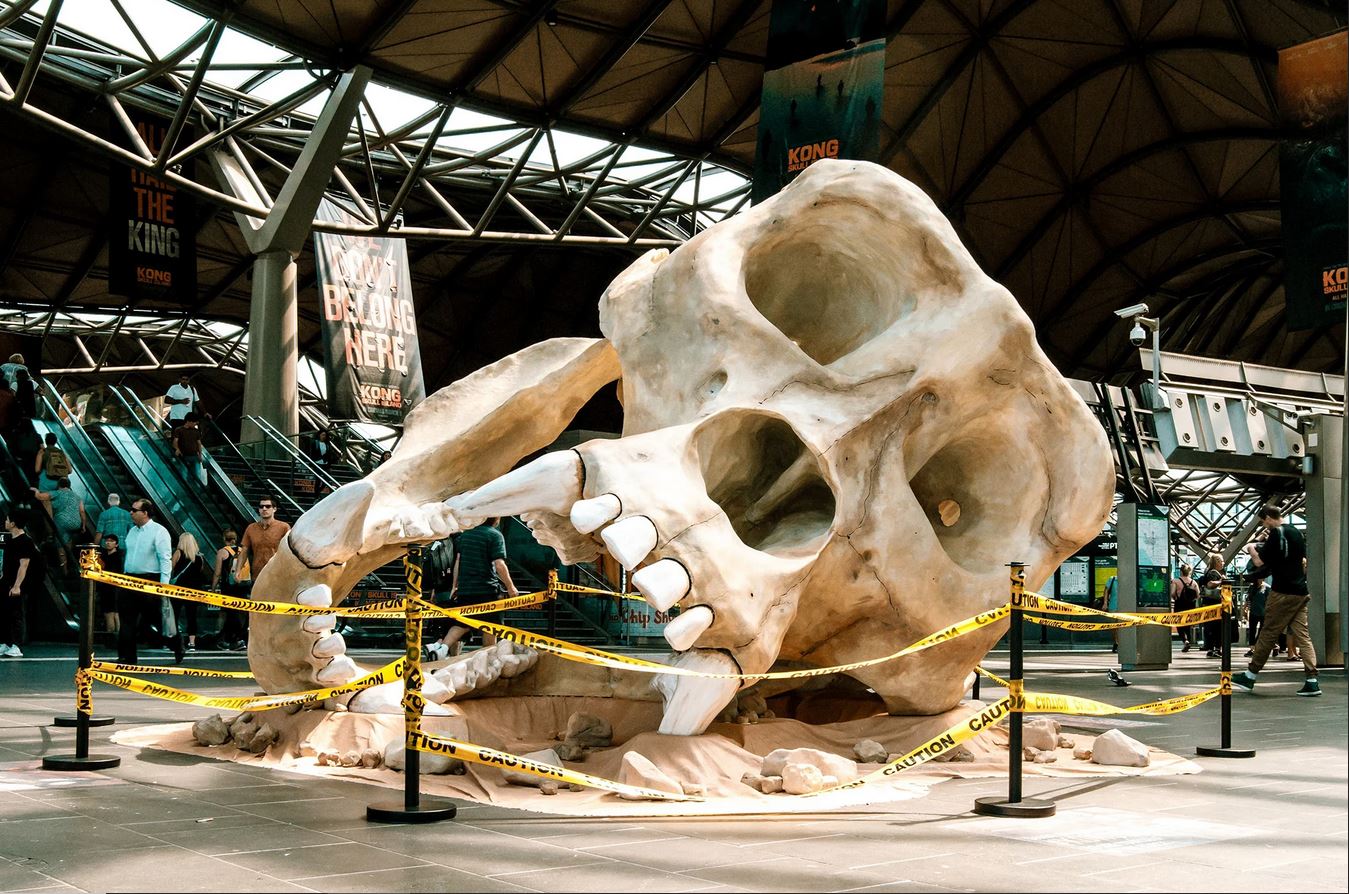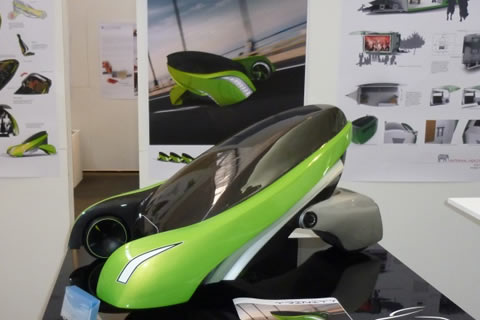 We are regularly commissioned by artists and graphic designers to convert their complex 3D electronic creations into the physical form.
We are regularly commissioned by artists and graphic designers to convert their complex 3D electronic creations into the physical form.
• To produce physical artworks and sculptures we use a 3-axis CNC router. On most projects the router cannot access every carved surface from a single mounting orientation so initially we establish a mounting sequence, carving sequence and the most appropriate carving paths.
• A high level of carving detail can be achieved with a fine cutting tool. Alternatively, pieces can be finished more quickly and economically with a faster, coarse cut - so final shaping of the polystyrene can be done by hand or the piece further enhanced as the customer’s imagination requires.
• Polystyrene foam is naturally quite soft, so we commonly finish the carved surface with a tough polyurethane coating which can be textured and painted to a customer’s requirements.
• For ease of handling, transport and storage, large pieces can be made in modules - for simple assembly at their final destination.
• Where a customer requires multiple copies of a piece, we can manufacture rubber moulds off the finished polystyrene product – so the customer can reproduce the piece in plaster, polyurethane, concrete etc. Alternatively, we can make a polystyrene plug the customer can then use to produce a fibreglass mould suitable for production purposes.
EXAMPLES
Dragon’s Head
We obtained the electronic model of this dragon’s head as free download from www.turbosquid.com. We cut the various components from medium density polystyrene foam, trimmed them and added fine detail by hand before assembling and finishing to the client’s requirements. This model measured approximately 600mm x 600mm x 600mm. Industrial Carving Services can provide a model as a finished object or as a set of components for clients to add their own touches.

Monster
Small models can be enlarged to whatever size is required. We can start with a clay marquette, an existing toy or even a 3D computer model.
The original of this toy monster was 150mm tall. We scanned it using a 3D laser scanner to produce an electronic three-dimensional model, then manipulated the data to scale it up by a factor of 4, to a height to 600mm. (Data can be manipulated relatively simply to enlarge by a scale factor or to fit within a given envelope.) Then tool paths were created for machining of the enlarged monster from a polystyrene block. On larger projects multiple blocks may be required. After assembly of the various components, final touches are applied by hand and the foam is ready to receive a tough coating. In selecting the most appropriate coating, consideration needs to be given to whether the piece will be exposed to the elements, whether it will suffer from impacts, the required surface finish/texture and the level of surface detail required.

To see more examples of our work, visit the image gallery - click here










